目次~Table of Contents
Location and History
Yoshisada Nitta comes from Nitta Manor
Kanayama Castle was located on Kanayama Mountain in modern day Ota City, Gunma Prefecture. The area around the city was called Nitta Manor in the Middle Ages, where the Nitta Clan, a relative of the Minamoto Clan which originated from the Imperial Family, settled in. It was on Tozando Route, a major one in Kanto Region, and was sandwiched between Tone River and Watarase River, two major ones in the region as well. In the past, large rivers could provide rich farmland, water transportation, and even barriers when a battle happened. That’s why the area of Nitta Manor was considered important.
The range of Ota City and the location of the castleIezumi Iwamatsu builds Castle
Yoshisada Nitta is the most famous person of the clan, who attacked and defeated the Kamakura Shogunate in 1333. However, he was unfortunately defeated in 1338 by troops of the Ashikaga Shogunate which Takauji Ashikaga who was also a descendant of the Minamoto Clan established. After that, the Iwamatsu Clan, a branch of the Nitta but supporting the shogunate, followed the manor. The lord of the clan originally lived in the hall on a plain area, called the Iwamatsu Hall. However, it got too dangerous to continue to do so, because many battles happened all over the Kanto Region since the Kyotoku War started back in 1454. Therefore, the lord of the clan at that time, Iezumi Iwamatsu decided to build his new home base on Kanayama Mountain in the northern part of the manor, which would eventually be completed in 1469, and be called Kanayama Castle.
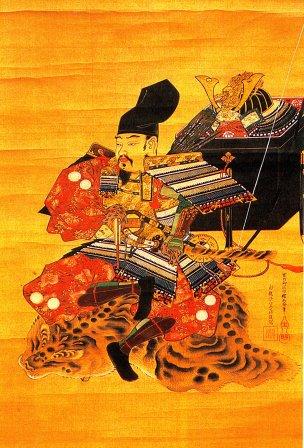
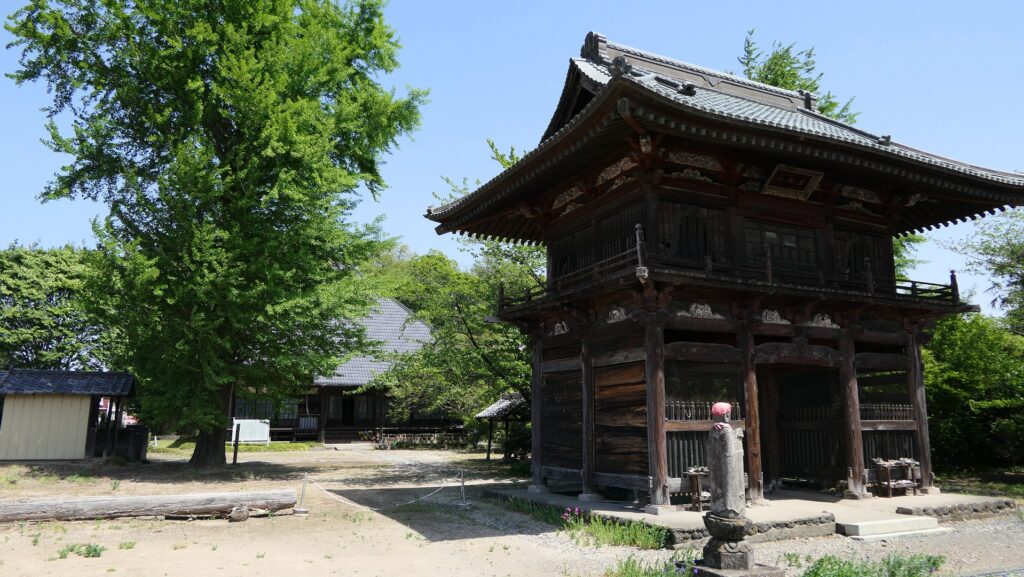
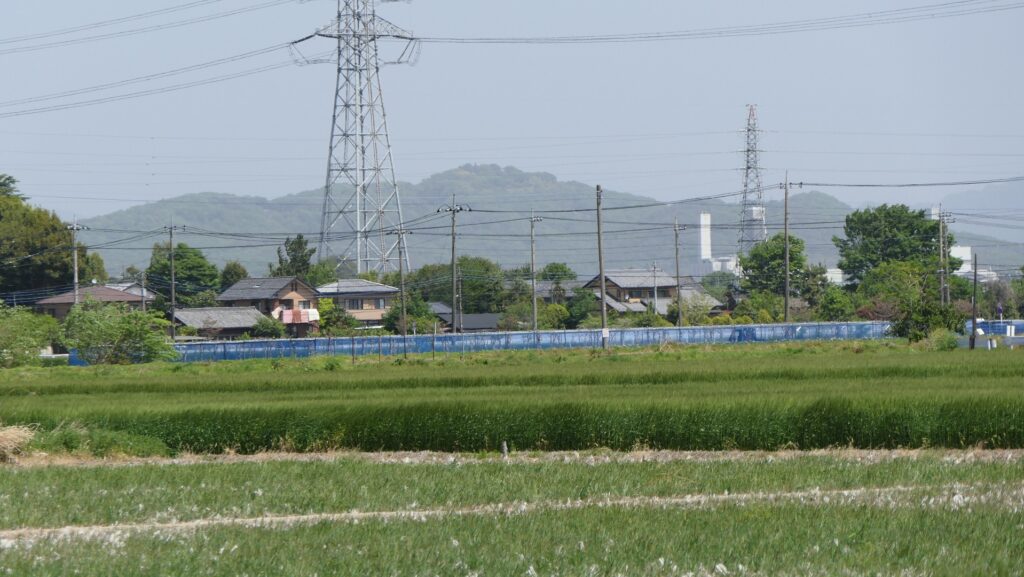
Yura Clan overthrows Iwamatsu Clan
In the Sengoku Period when the Kanayama Castle was active, a popular trend called Gekokujo or Overthrowing their lords was often seen. In the case of the Iwamatsu Clan, their senior vassal, the Yokose Clan overthrew the Iwamatsu Clan, by supporting a puppet lord and killing an unmanageable lord. For example, the lord, Naozumi Iwamatsu was forced to retire and devote all of himself to the field of linked poem called Renga. The Yokose Clan finally changed their family name to the Yura Clan, declaring they were actually another branch of the Nitta Clan, which also meant a descendant of the Minamoto Clan. They needed not only real power but also the authority the people could respect, to survive as a local warlord during the period.
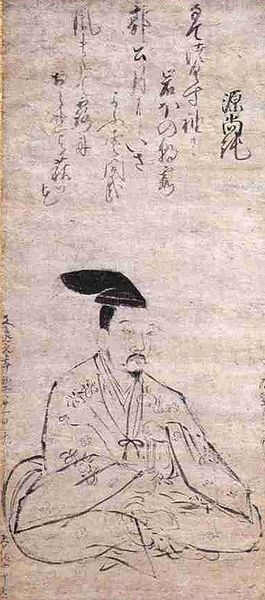
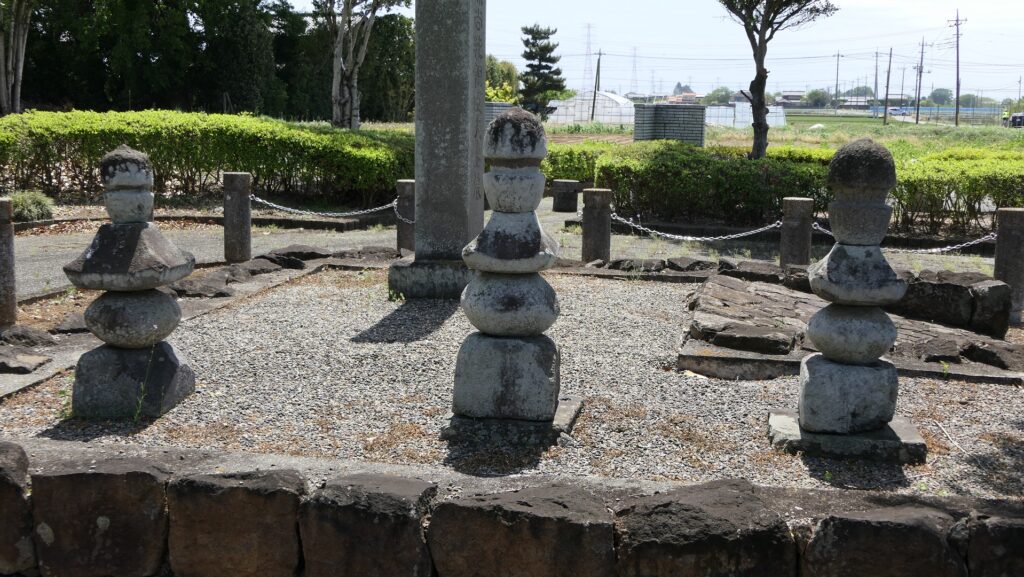
Hojo Clan takes over and completes Castle
In the late 16th Century, much larger warlords than the Yura Clan, such as the Hojo, Uesugi, and Takeda Clans, battled each other over the Kanto Region. The policy of the Yura Clan was to deal and follow the strongest warlord each time as other local lords did. The lord of the clan, Narishige Yura even mediated between the Hojo Clan and Uesugi Clan in 1569 to provide Kanayama Castle for their negotiation, but unfortunately, the alliance lasted only a short time. The clan following one great warlord meant that they could be attacked by other great warlords. Kanayama Castle was actually attacked several times by all the three warlords, the Hojo, Uesugi, and the Takeda, however, never failed. That’s why this castle was considered impregnable and called one of the Seven Great Castles in the Kanto Region. The Kanto Region eventually belonged to the Hojo Clan, which forced the Yura Clan to hand Kanayama Castle over to the Hojo Clan in 1585.
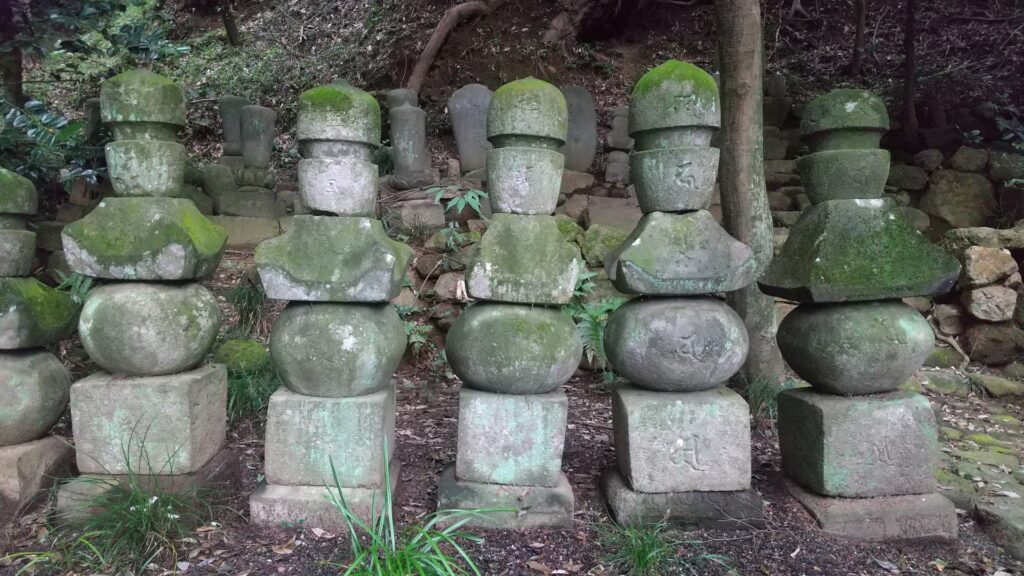
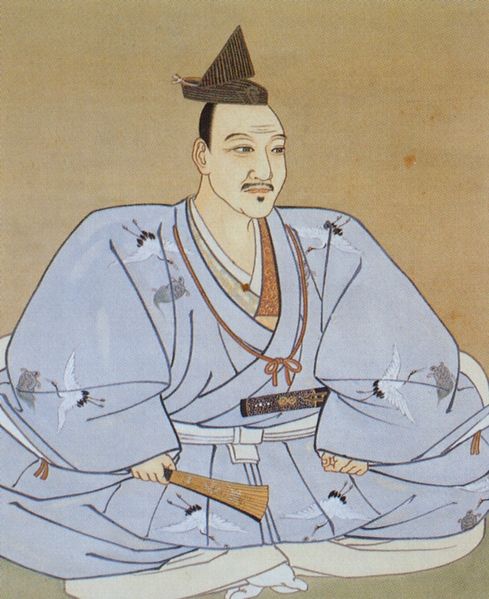
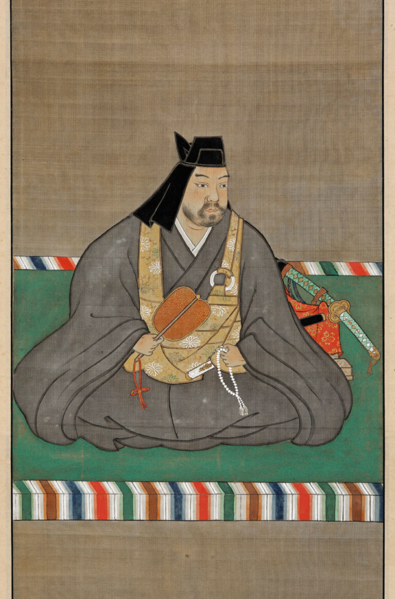
The first stage of Kanayama Castle seemed to be built on around the top of the mountain and made of soil. As time passed by, the castle was developed and improved greatly. It is said that the Hojo Clan completed the final version of the castle. They expanded the range of the castle from the top to the western and southern ridges of the mountain. They also improved the main portion of the castle by building stone walls and even stone paving. The castle didn’t have the Main Tower which major castles in western Japan often had, but it is very rare case for those in eastern Japan to have full-scale stone walls at that time.
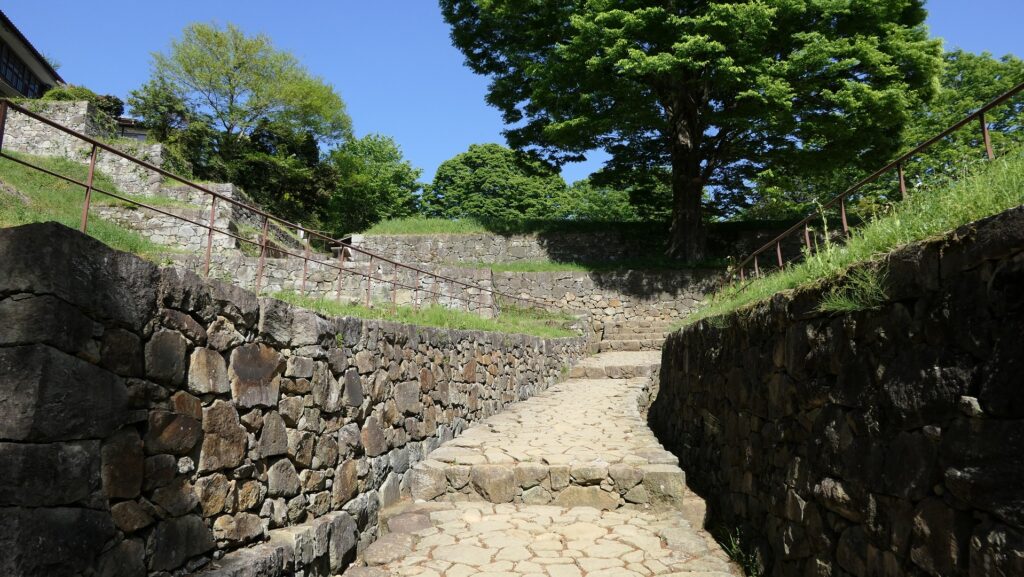

Abrupt ending of Castle
The main history of Kanayama Castle ended all too soon in 1590 when the ruler, Hideyoshi Toyotomi invaded the Hojo’s territory in order to unify Japan. Kanayama Castle was governed by the Hojo’s retainers, but many of them were ordered to gather in Odawara Castle, the Hojo’s home base, so only a few defenders remained in Kanayama Castle. That’s why they had to surrender and open it when they were attacked by the invasion troops led by Toshiie Maeda. After that, the castle was eventually abandoned.



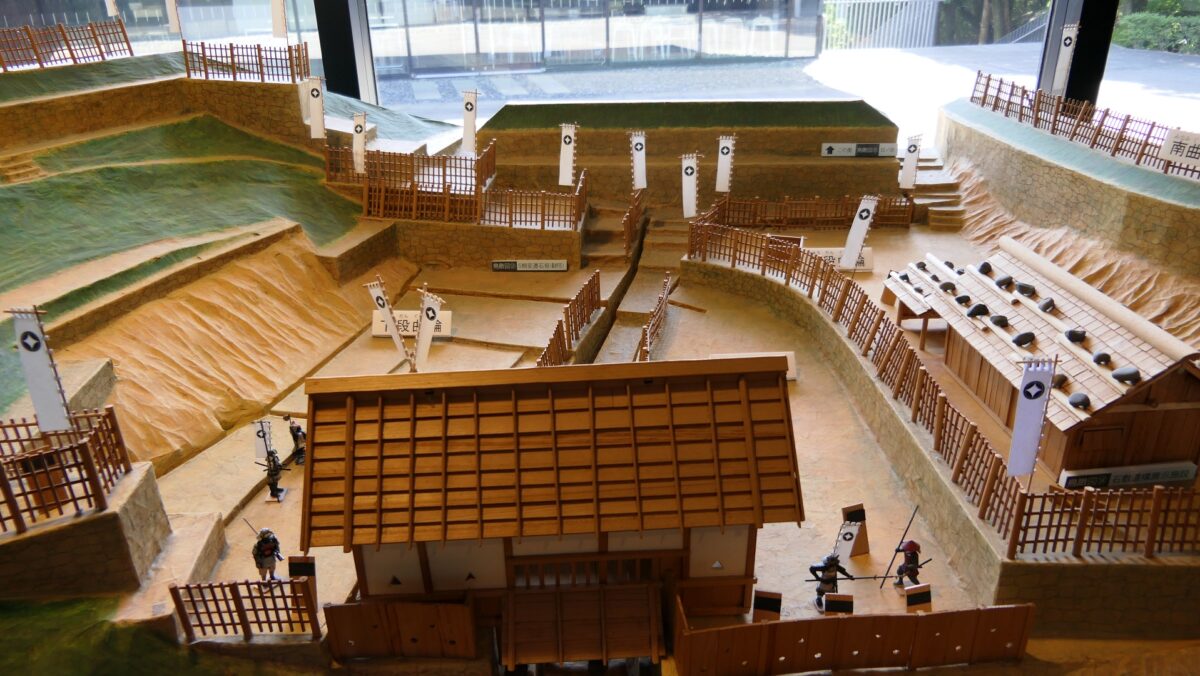
「17.Kanayama Castle Part1」への3件のフィードバック